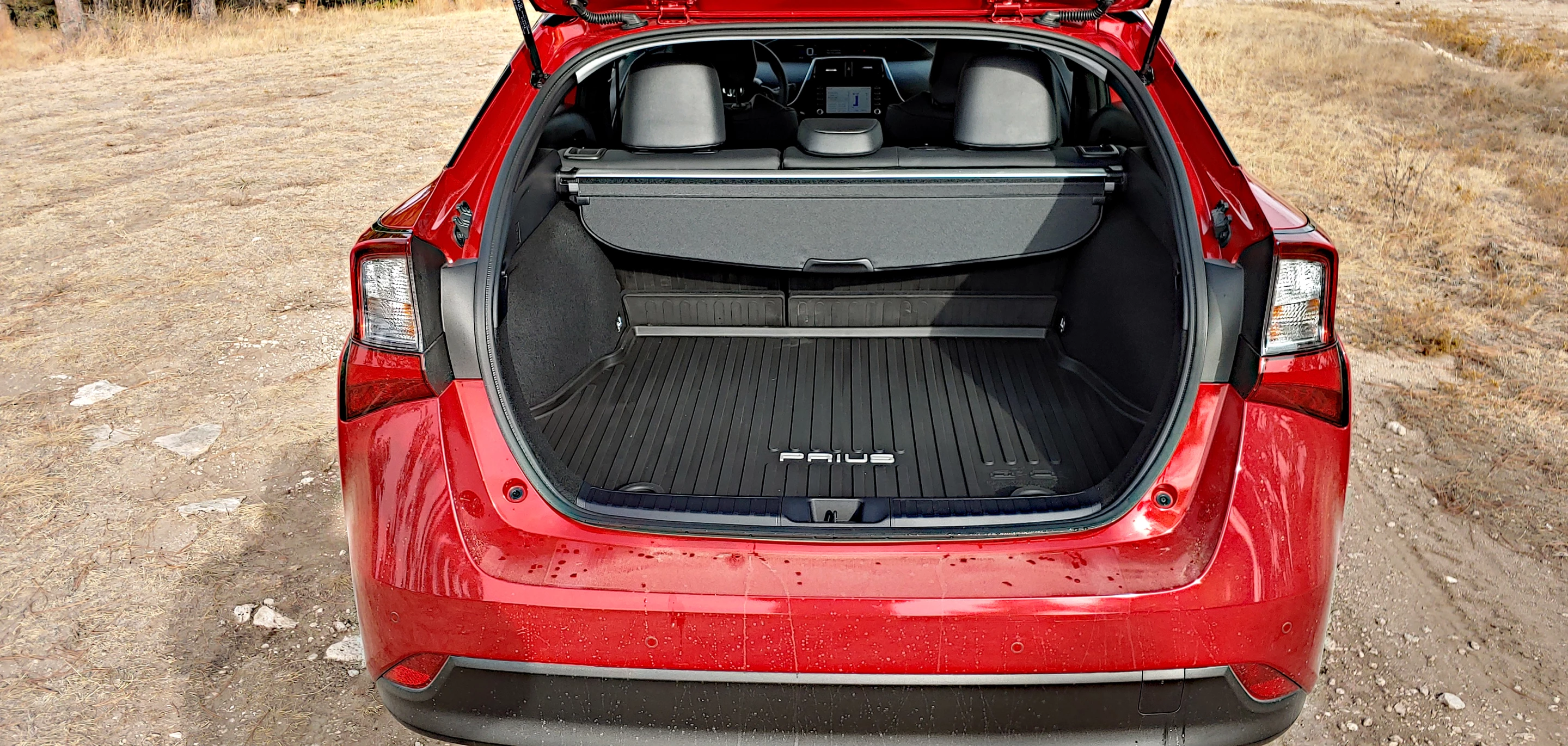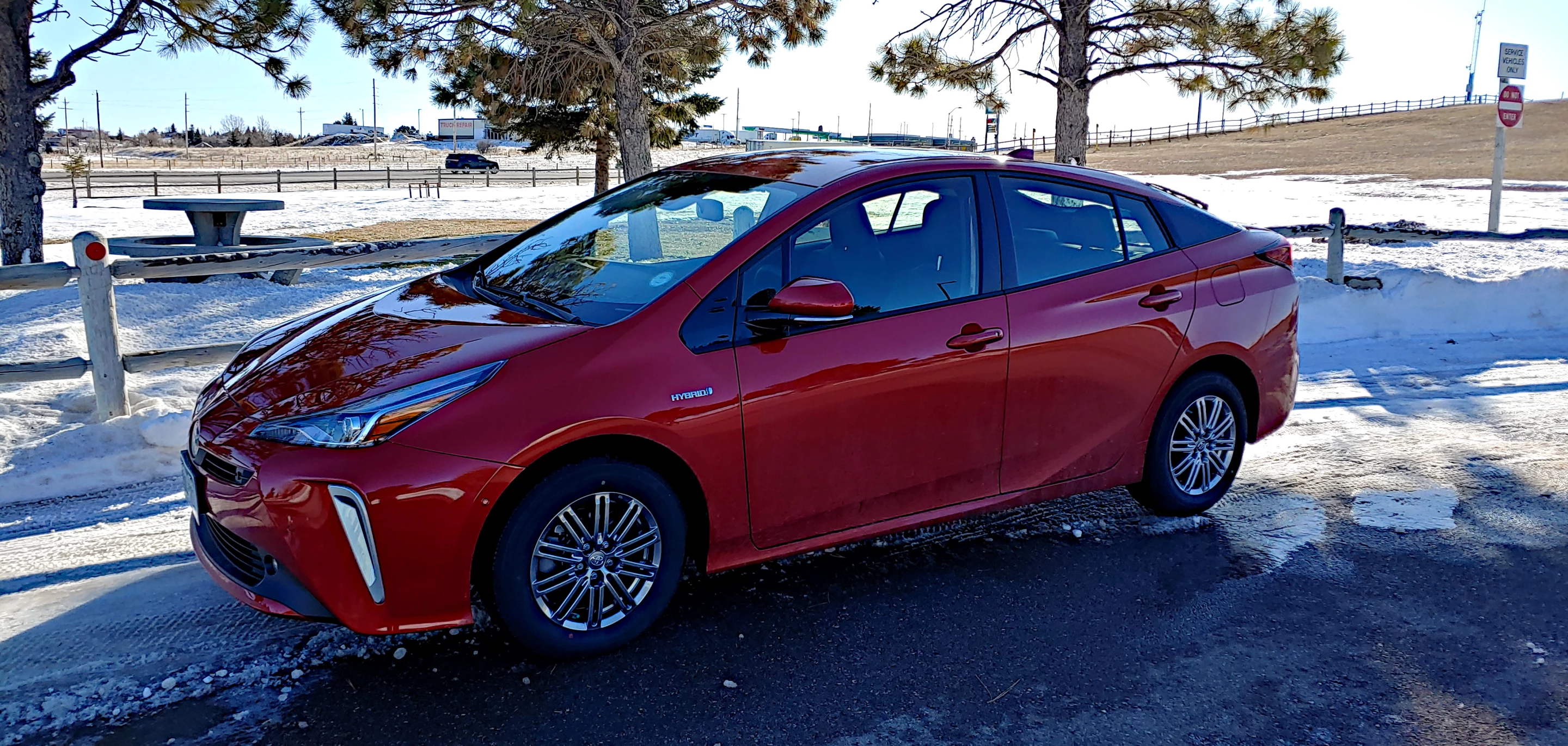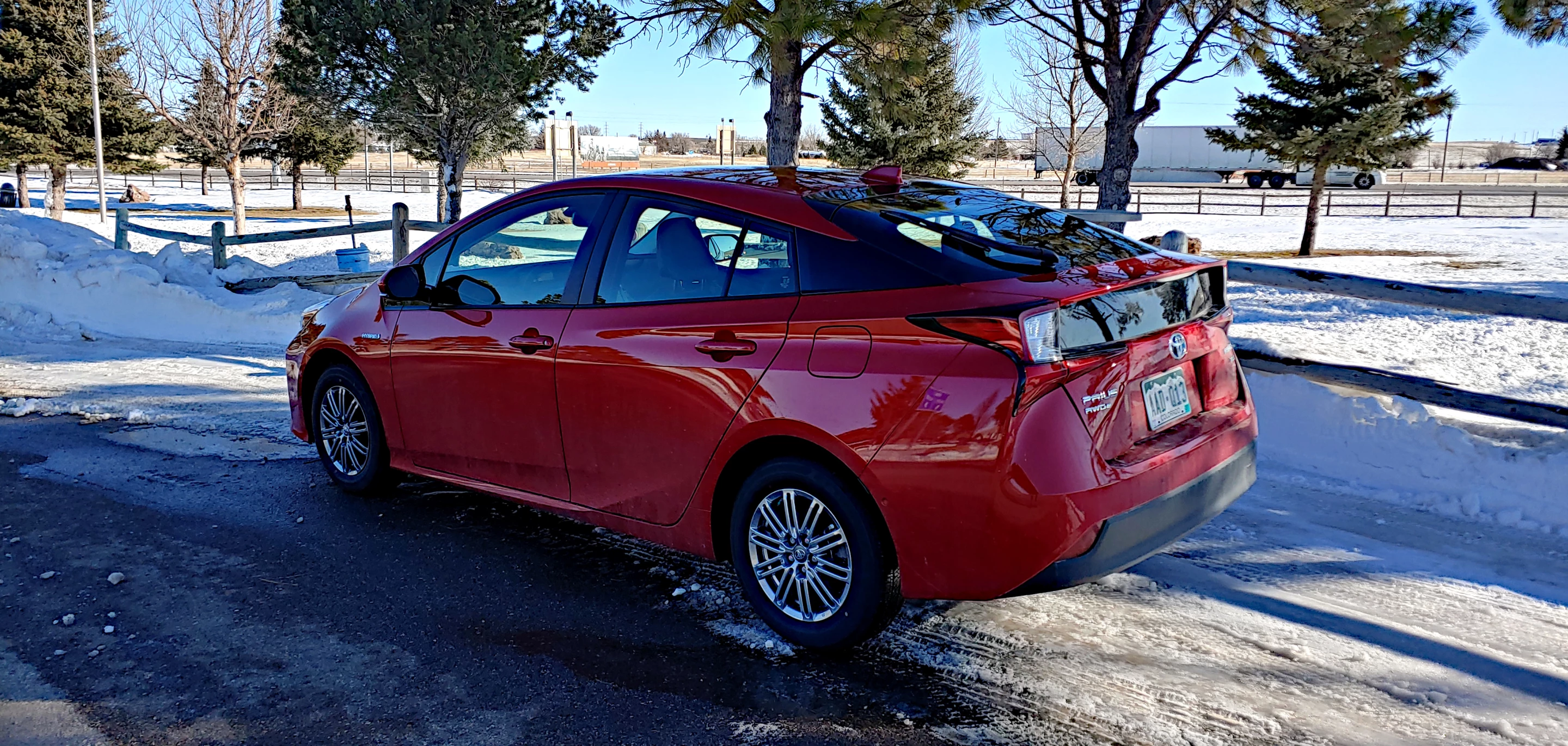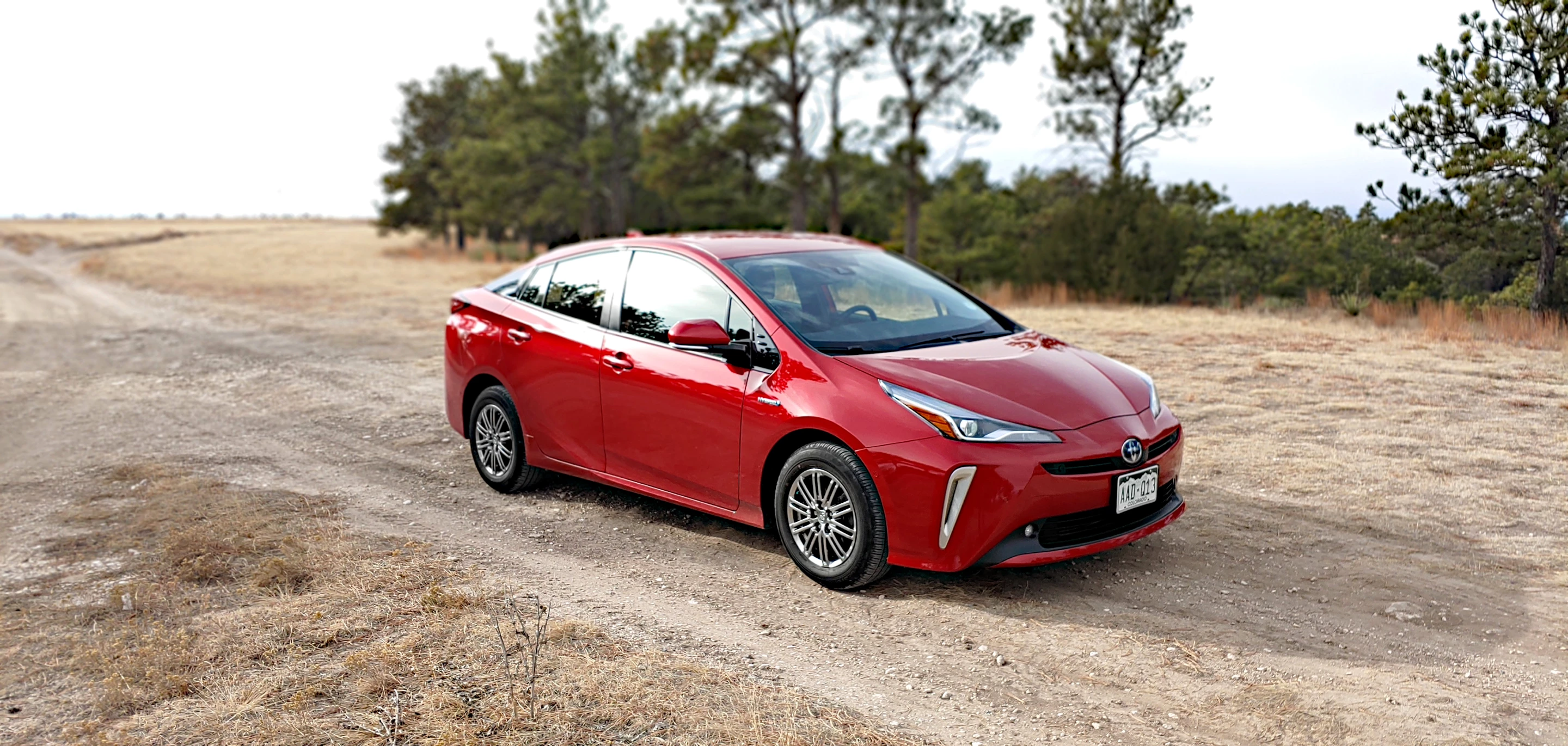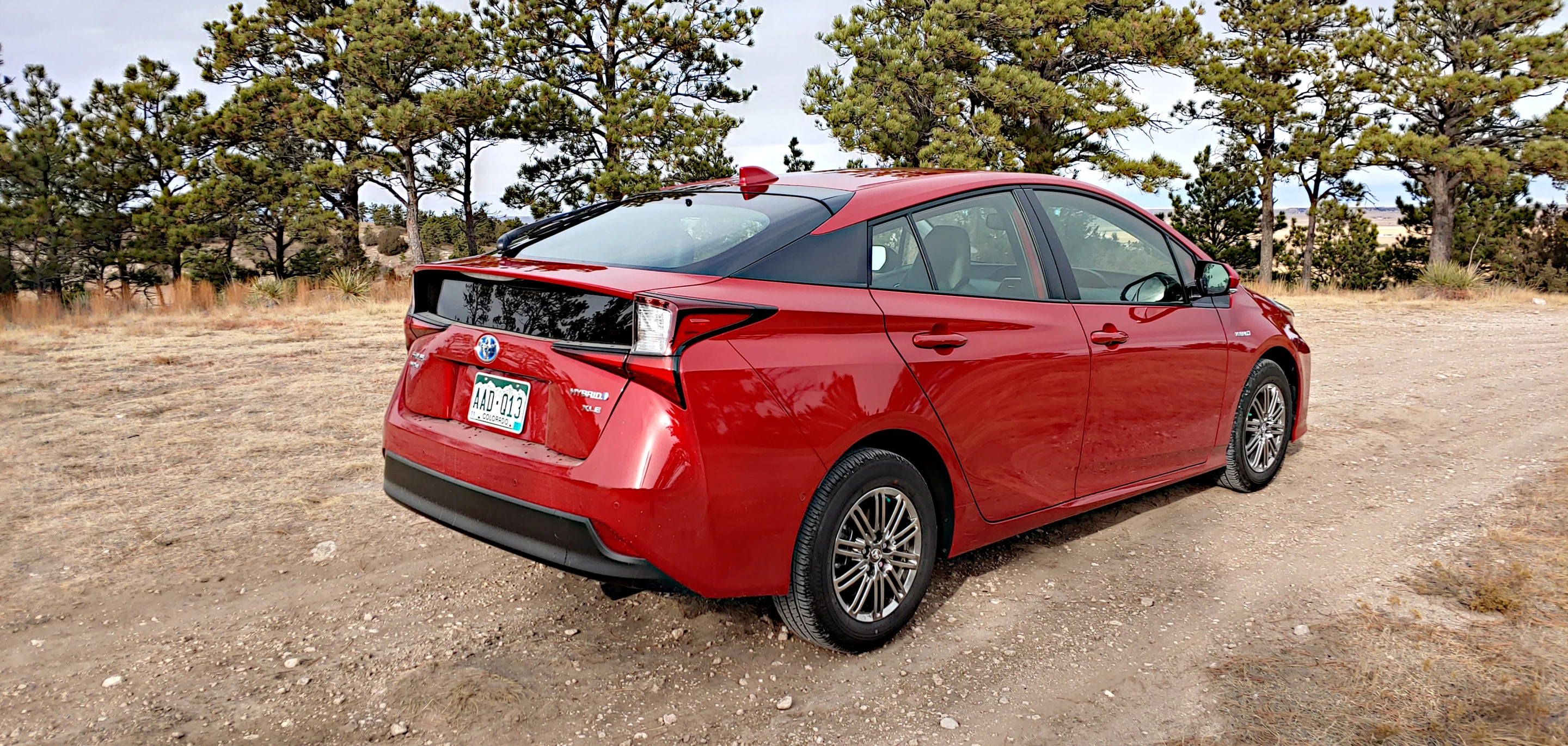Last year, Toyota debuted a new all-wheel drive variant for the most-recognized name in hybrid cars, the Prius. The announcement made headlines, and the car was shown throwing snow and getting slushy with its new-found all-wheels-turning capability. That’s not what happens in the real world.
Long synonymous with “efficiency,” the Prius has been steadily losing sales over the past several years as consumer interest in the quirky hatchback has dwindled. Even the allure of over 50 mpg (4.7 l/100km) on the daily drive hasn’t been enough to keep the Prius on top. The current-generation Prius underwent a facelift that helped make it more mainstream in appearance, but to no avail. Toyota is hoping that adding more all-weather stability to the car synonymous with “hybrid efficiency” will help. And it might.
After a week with the car, though, it’s clear that buyers need to understand what it is, and isn’t, capable of doing. The Prius’ AWD system has both limits and useful high points, and it’s far different from the AWD you might find in your crossover or sports car. The AWD in the Prius is not going to make the car corner better or accelerate faster. Neither will it allow you to turn donuts in a snowy parking lot with any kind of thrilling speed. It won’t make you more stable on wet roads at higher speeds, either. What it will do is help you not get as stuck, and it might help minimize the slip and slide from a stop sign in snowy weather.
The new Prius uses an intelligent all-wheel drive system that Toyota calls “AWD-e.” Similar to the AWD found in the RAV4 Hybrid model, the Prius’ system has no mechanical linkage from the engine/motor/transmission to the rear wheels. Instead, it’s all electrical with an added motor on the rear axle to provide propulsion there. Thus the system adds only about 120 lb (54 kg) to the car’s weight.
The little 5.2 kW (7 hp) motor on the rear axle adds to the 121-horsepower (90 kW) engine/motor combination under the hood. Fuel economy drops from 52 mpg (4.5 l/100km) combined to 50 mpg (4.7 l/100km) combined. In the real world, we saw a 45 mpg (5.2 l/100km) average during a week of mixed driving in mostly inclement weather while at high altitude.

The system layout is a good one for the little car, but it has some limits – mostly in when and how that rear motor engages. The Prius AWD-e rarely engages the rear axle for "performance" reasons (i.e: mashing the throttle to get a quick takeoff or in hard cornering). The Prius isn’t a sports car, so that makes sense. It seems a lost opportunity, but perhaps Toyota doesn’t want to associate the little hybrid with any kind of fun factor for fear of breaking its identity. Additionally, the system is limited as to the speeds at which the AWD can be used.
The AWD-e works at speeds under 43 mph (69 km/h) and, in our experience, works best at speeds under 10 mph (16 km/h). Where the system is most useful is in getting going from a stop when the roads are slick. That means getting through the stoplight, making that turn after a stop sign, or getting out of the cold parking lot in order to drive home.
What it doesn’t mean is added stability on the highway, better stopping power, or even a noticeable improvement in stability during the drive itself. Toyota designed this on purpose, having the AWD system engage full-time at speeds under 6 mph (9.6 km/h) and then disengage and become only occasional at speeds up to 43 mph.
Several things work against the added AWD system, which should have been thought of during implementation. The Prius, for starters, comes standard with low-rolling-resistance tires. These are notoriously terrible on slick roadways. The Prius AWD-e model adds less than a quarter of an inch of ground clearance, increasing it by 0.2 inches (0.5 cm) to 5.3 inches (13.5 cm). This means slushy roadways are still going to be dicey. There is also no way for the driver to control when or even if the AWD engages. And the system trends towards efficiency at all times, meaning the AWD may not be there when it’s needed.
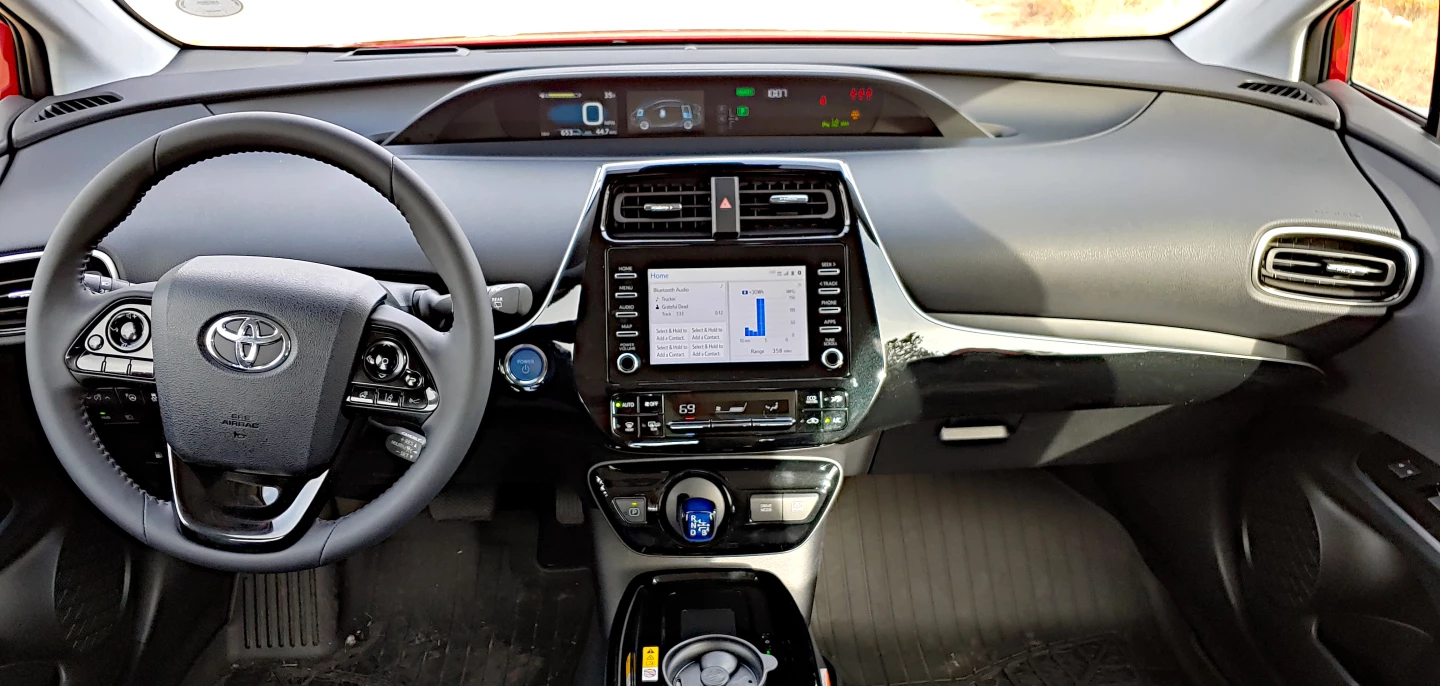
During our week with the Prius AWD-e, it snowed almost continually. The Prius, despite the addition of AWD, was only sometimes confident about going out and about. While a 2WD minivan and small crossovers braved the weather without problems, the Prius struggled to stay in a straight line and was tough to maneuver around corners with hard-packed snow on the road. Stopping distances were much-lengthened in the weather as well, especially for the Prius thanks to those no-grip tires. It did get started from a stop on said roads without many problems, though, showing that the limited-use AWD is doing the job it’s meant to do.
The added US$1,400 to the price and loss of 2 or more MPG might be difficult to justify to buyers, given the limited use scenarios for the Prius AWD-e models. The Prius AWD-e starts at US$26,935 (before delivery) and our test model was priced at $33,021 after delivery.
Product Page: 2020 Toyota Prius


